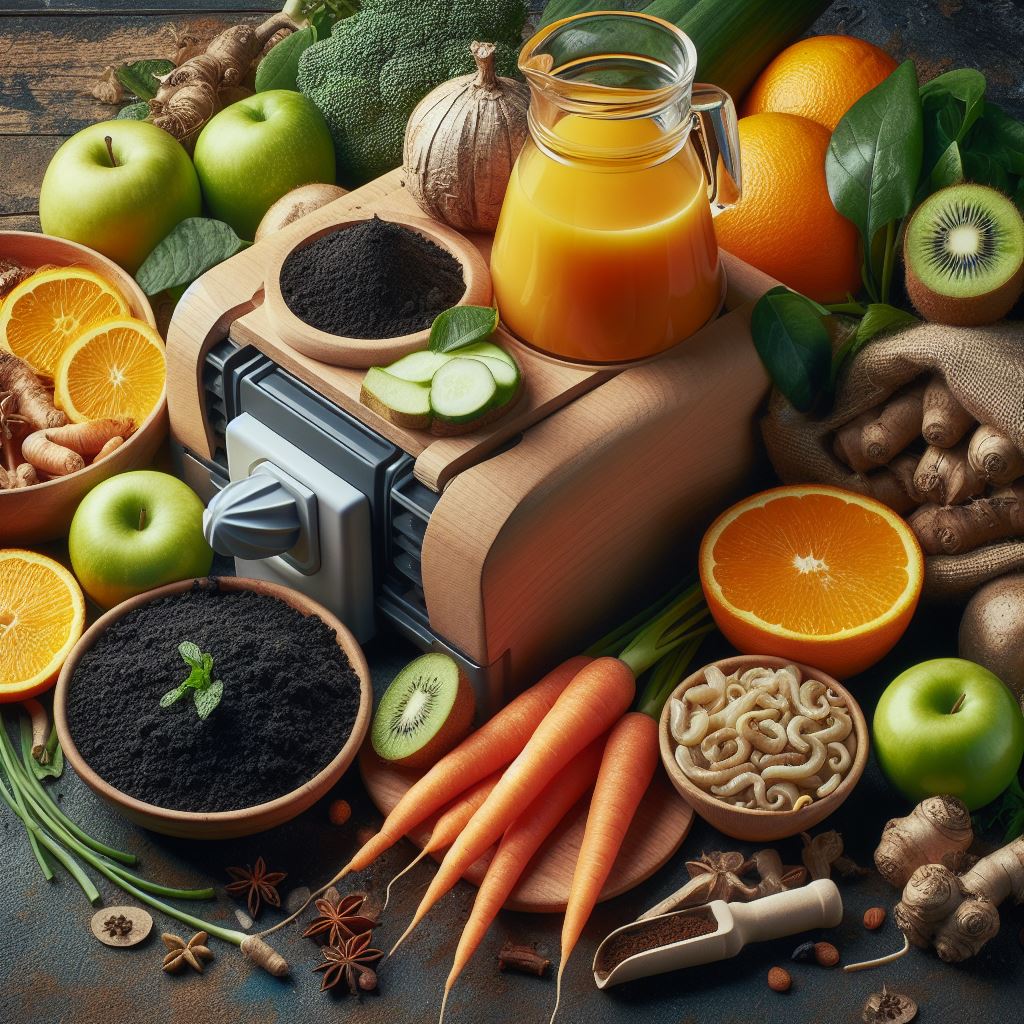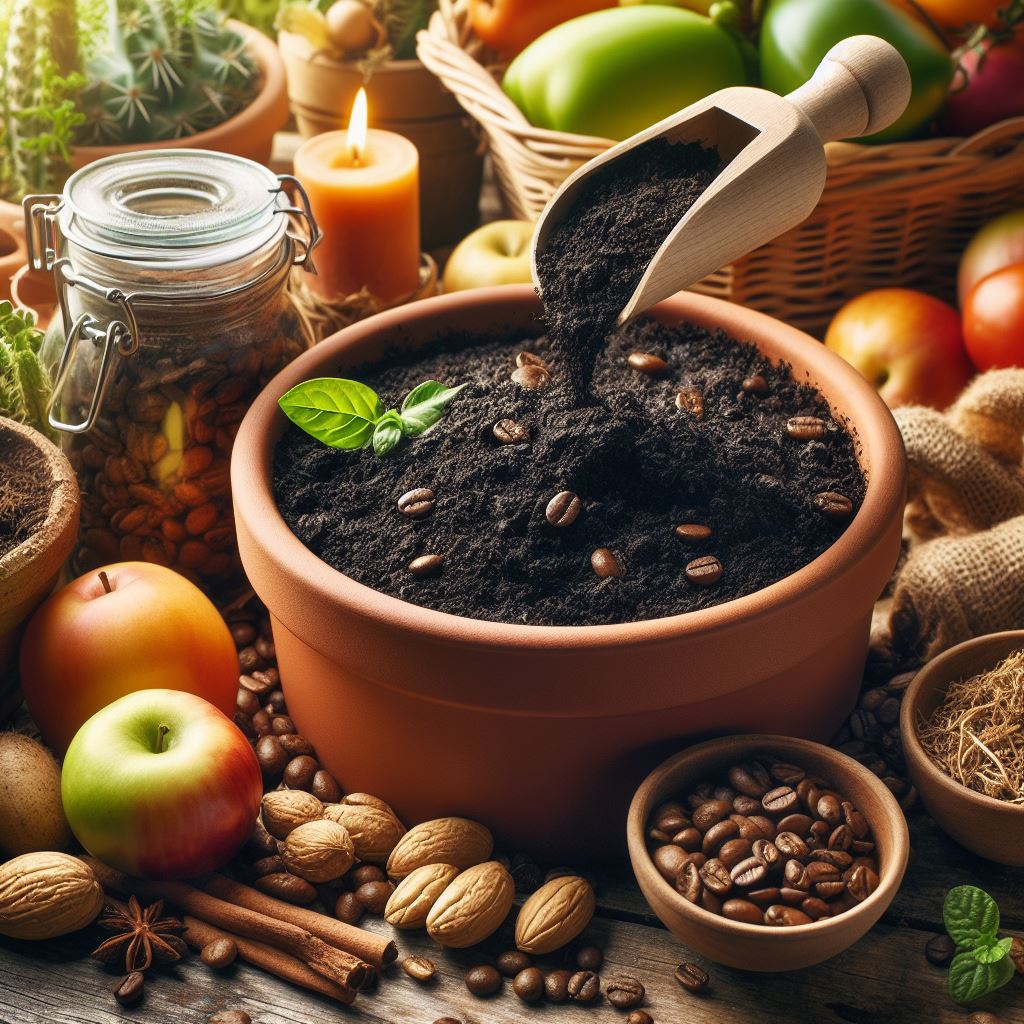As the world leans more into sustainable living, gardeners are finding gold in what many see as waste. The pulp from our juicers, often discarded, is a treasure trove of nutrients both for our compost bins and our gardens. This guide will plunge into the benefits of juicer pulp and how to turn this leftover into a resource that can help fertilize your garden, enhance your soil, and contribute positively to your compost pile.
Why is juicer pulp beneficial for compost?
Understanding the nutrient value of juice pulp in compost
When you add pulp from your juicer into your compost bin, you’re not just disposing of waste; you’re enriching your compost with a diversity of nutrients. Juicer pulp is packed with the essence of fruits and vegetables. Even after juicing, this pulp contains significant amounts of nitrogen, a crucial component in compost that helps nourish plants. The organic matter from fruit and veggie pulp decomposes, releasing these nutrients back into the soil, thereby enhancing its fertility.
How adding juicer pulp to compost helps with soil aeration
Unlike denser compost materials, the somewhat fluffy nature of juice pulp helps introduce air pockets into your compost pile. Aeration is vital for compost because it allows for oxygen to circulate, which in turn speeds up the decomposition process. Moreover, aerated compost is less likely to become compacted, ensuring that microorganisms have the space to break down organic matter effectively. So, when you add the pulp from juicing into your compost bin, you’re also helping to create a healthier environment for these crucial composting agents.
The role of juice pulp in speeding up the composting process
Composting is all about balance. The right mix of greens (nitrogen-rich materials) and browns (carbon-rich materials) can significantly accelerate the decomposition of organic matter. Adding juice pulp, rich in nitrogen, enhances the green component of your compost. This not only speeds up the composting process but ensures that the finished compost is nutrient-rich and perfect for fertilizing your garden soil.
How can I start using juice pulp in my compost bin effectively?
Step-by-step guide to incorporating juice pulp into your compost pile
Starting is as simple as having a dedicated container next to your juicer. Once you’ve collected a significant amount of pulp, sprinkle it into your compost bin, mixing thoroughly with other compost materials. Remember to balance the juicy pulp with dry, brown materials to maintain the necessary moisture level and promote proper decomposition.
Do’s and Don’ts: Which pulp types are most beneficial for compost?
Most fruit and vegetable pulp is fantastic for compost, but it’s worth being mindful of what exactly you’re adding. High-acid pulp like citrus may need to be added in moderation, as it can slightly hinder the composting process if overused. Similarly, if you’ve juiced non-organic produce, it could contain pesticide residues, which are not ideal. Stick to organic scraps when possible, and feel free to mix in carrot pulp, apple pulp, and similar veggie pulps for a well-rounded compost.
Managing the balance: How much pulp is too much for your compost?
While juice pulp is beneficial, too much of it can upset the delicate balance of your compost bin. An overwhelmed compost with too much pulp may become too wet, leading to anaerobic conditions that slow down decomposition. Aim for a compost composition that’s about 25-30% pulpy materials, ensuring that the rest is made up of browns like leaves or paper to keep things balanced and healthy.
What are innovative ways to use leftover juice pulp besides composting?
Making fruit leather: A creative use for leftover fruit pulp
Leftover fruit pulp doesn’t only have to go to waste or into the compost bin; you can transform it into delicious fruit leather. By blending your fruit pulp with a little sweetener and spreading it thinly over a baking sheet, you create a tasty, healthy snack for when you’re on the go.
From juice to garden: Using pulp as direct mulch for plants
Another great way to use leftover juice pulp in your garden is by spreading it directly around your plants as mulch. This layer of pulp can help retain moisture in the soil, suppress weed growth, and gradually decompose, adding nutrients directly to the soil around your plants.
Preparing homemade worm food from juicer pulp
If you’re into vermiculture, juicer pulp is like a gourmet meal for your worms. By adding small amounts of pulp to your worm bin, you’re not only recycling the pulp, but you’re also producing rich vermicompost that can significantly benefit your garden soil. Just be mindful to introduce the pulp slowly, as too much at once could overwhelm your worms.
Can using juice pulp in my garden help fertilize the soil?
Comparing the nutritional benefits of juice pulp versus traditional fertilizers
While traditional fertilizers often have concentrated nutrients that plants need, juicer pulp offers a broad spectrum of micro and macronutrients in a gentle, slow-release form. This means your plants get a steady supply of nutrition as the pulp decomposes, reducing the risk of nutrient burn that can occur with synthetic fertilizers.
How to prepare and use juice pulp as a natural fertilizer in the garden
To use juice pulp as a natural fertilizer, simply mix it into your garden soil or spread it around the base of your plants. Over time, the pulp will decompose and release nutrients, aiding in the growth and health of your garden.
Case studies: Success stories of fertilizing gardens with juice pulp
Many gardeners have documented their success stories, showing how integrating juice pulp into their garden management has improved soil structure, boosted plant health, and increased yield. From small home gardens to larger agricultural practices, the consistent finding is that using organic matter like juice pulp can significantly benefit garden ecosystems.
Practical tips for storing and handling leftover juice pulp for compost
Best practices for storing juice pulp before adding it to the compost pile
If you’re not ready to add your pulp to the compost pile immediately, you can store it in an airtight container in the refrigerator for a few days. For longer storage, freezing the pulp in batches is an efficient way to keep it until you’re ready to use it. This also makes it easier to manage the amount of pulp you add to your compost at a time.
How to prevent pests when composting juice pulp
One concern with adding juice pulp to compost is attracting pests. To prevent this, always bury the pulp under other compost materials. This not only deters pests but also integrates the pulp more effectively into the compost mix.
Understanding the shelf-life of juice pulp in composting applications
Once added to your compost, the pulp will decompose at varying rates depending on the materials it’s mixed with and the conditions of your compost pile. Generally, the pulp from juicing will begin to break down within a few weeks, contributing to the nutrient-rich organic matter that will eventually become your finished compost.
Turning juice pulp into a resource for your garden is not just an act of recycling; it’s a statement of sustainable living. By integrating these scraps back into the cycle of growth, we not only reduce our food waste but also contribute to a healthier, more vibrant garden. So, the next time you’re juicing, remember that the pulp you produce is not waste—it’s potential waiting to be unlocked.





